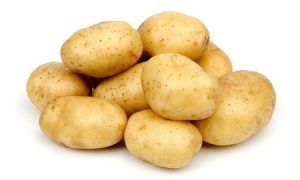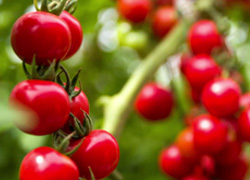Many questions come to mind for the rookie indoor weed grower, which kind of soil do I use? How do it fertilize them? Should I water it normally as with any other plant?
Today we mean to offer you a comprehensive short guide to the stages of indoor weed growing.
Soil Preparation
Weed can grow on most kinds of soils, but it’s highly recommended to make a good compound to avoid issues and for the plants to grow healthy.
Use the following components:
- Soil with leaves: must be as homogeneous as possible, weed free (ironically), and disinfected. The best choice is to buy this kind of soil. Look out for stone pieces, seeds, etc.
- Perlite: Highly consistent and resistant to erosion, particularly to that caused by the roots’ growth. It has an intense white color.
- Earthworm hummus: A high quality, prolonged action and easy production fertilizer that has high enzymatic and bacterial contents, easily absorbed by the roots.
- Peat: Excellent for crops and plants propagation. Depending on its antiquity, there are both white and black peats. White is younger and has the most organic matter.
- With the aforementioned compounds, this is the proportion we recommend: 25% perlite, 25% earthworm hummus, 10% peat and 40% soil with leaves.
Lighting
For the growth stage, metal-halide (MH) lamps are recommended. These lamps will require a ballast to be lit.
TIP: Use 400w lamps for the growth stage.
As for the flowering stage, high pressure sodium (HPS) lamps are the most widely used, especially those of the red spectrum.
The LED grow lights are catching up quickly in indoor growing market due to affordable price and great results, people are slowly but surely using these lights for almost all there indoor growing projects.
Seeds Germination
In order for the seeds to germinate, you can try two methods:
- Substrate: The seeds can be directly buried in the substrate, about 0.5-1cm deep. Keep them moist and (pay particular attention to this), water them with a sprayer, since it’s a rookie mistake to use a hose and it’ll make holes in the substrate.
- Napkins: Leave the seeds between two layers of moist (not soaked) paper napkins inside a plastic container. The seeds must be checked every day. Some seeds will have a larger radical than others; some may not even have germinated yet. When the radical is about 1cm long, transplant it to a small pot so it can grow.
Once a small plant has sprouted, they must be put under a lighting regime of at least 18 hours of light, though some growers leave them for a full 24 hours. Once the plant is about 5-10cm tall, transplant it to larger pot. It’s recommended to water them every 3 days.
It’s also great to fertilize the plants, but do so carefully. Use natural fertilizers and NEVER USE CHEMICAL ONES.
Flowering
Lighting time must be reduced to 12 hours of light and 12 of dark. In order for the plant to not suffer excessive stress, it’s recommended to do so gradually.
Reducing the lighting times, we’re telling the plant the summer’s over and it must bear fruit so their offspring can go on. When the plant is flowering, it shouldn’t have more than 6 hours of light a day.
Drying
The best way to dry them is to hang the whole plant upside down, so the leaves cover the sprouts protecting them from any foreign invasion or manipulation. Sprouts must dry until reaching around 25% of its original weight (that lost weight would be water).
Storing
Once dried (and if we haven’t already smoked it all), proceed to store the product. Apart from freezing it, you can also put it in jars with the least amount of air possible, hermetically. Keep it in a fresh spot, with no direct lighting.
Home indoor weed growing is a process that takes practice to be mastered, but if you follow these instructions thoroughly, you’ll be enjoying your own buds in no time.






Comments are closed.